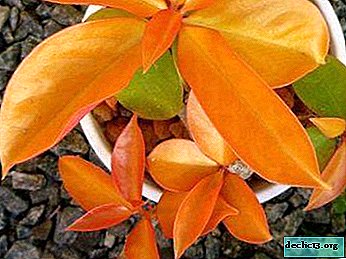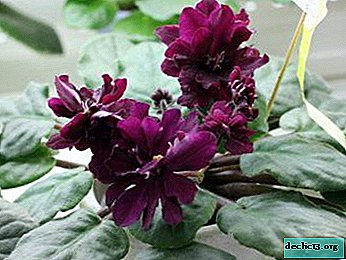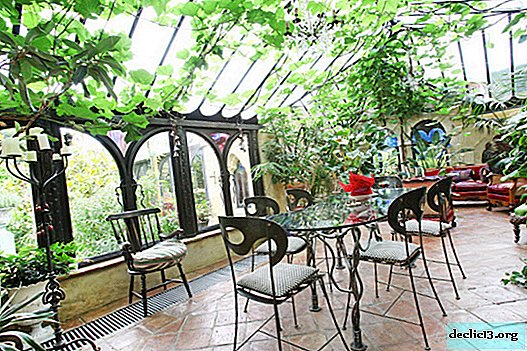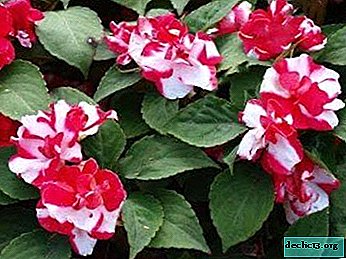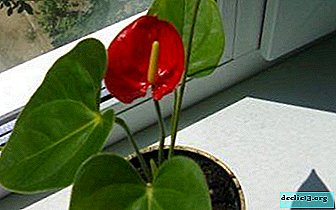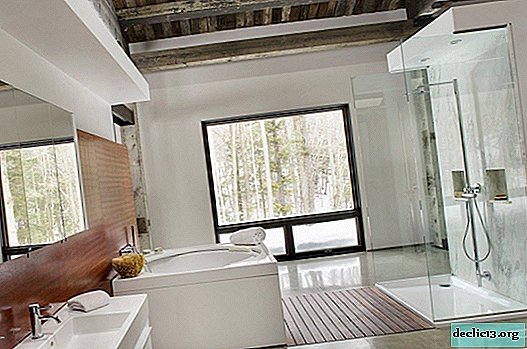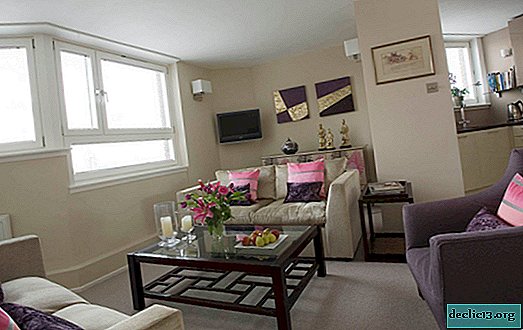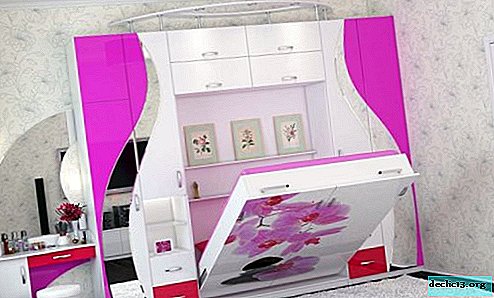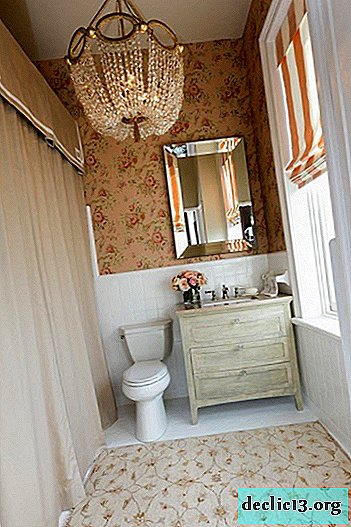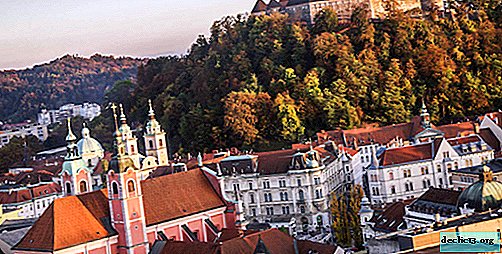Facade paints: types, advantages and disadvantages
If in the decoration of the facade of your house you have finally decided on facade paints, then the only thing left is to decide on the option of a specific paint for a practical and high-quality finish. Particular care in choosing exterior paints is dictated by high demands on it. After all, such a paint must withstand temperature extremes, precipitation, and even mechanical stress, such as hail.
Facade paints: what is it and what are the types
By and large, facade paints contain binders with suspensions of pigments, fillers and solvents, which give the paints auxiliary operational indicators and characteristics. Like others, this type of paint is divided among themselves into groups. These are, first of all, two main groups:
- organically soluble;
- water soluble.
The first group of paints contains such low toxic and toxic substances that have a dissolving function: white spirit, solvent or xylene. It is these substances, in addition to toxicity, that are also weakly resistant to fire. Among other things, such paints may include a thermoplastic acrylic resin, which perfectly serves to form a film, which is a very important factor for the exterior walls of the house. Due to their toxicity, such paints are bought less often than those belonging to the second group.
Paints belonging to the second group are more popular, and their assortment is wider than organosoluble paints. Subgroups of water-soluble paints are divided by the effective substances contained in them, which perform each function when working with such paints. These are such subgroups of water-soluble facade paints:
- siloxane;
- acrylic;
- silicate;
- cement;
- calcareous.
Some of them are more in demand, some less. It all depends on the disadvantages and advantages of a particular paint, as well as on their operational characteristics and the desired result of painting and wear resistance of facade paint.
Advantages and disadvantages of facade paint
Organically solubleAdvantages: high-quality weather-resistant coating, applied at low temperatures (up to -20 degrees Celsius);
Disadvantages:very toxic and combustible, also cost much more than water-based paints.
AcrylicAdvantages: resistant to temperature extremes, rain, hail, etc., economical and practical in use;
Disadvantages: Special flaws are not observed, except for one - they practically do not lie on the concrete surface.
SiloxaneAdvantages: thanks to emulsified resins, the coating painted with such a paint does not allow vapor and water to pass at all, does not create surface tension during painting of the plastered surface;
disadvantages: the high cost of such paints.
SilicateAdvantages: excellent for painting houses where water or moisture is near, because they are breathable to the maximum, letting walls and other surfaces breathe, are resistant to the development of fungi and mold, can be easily applied to concrete, brick, lime and plaster surfaces;
Disadvantages: do not have elasticity, and therefore do not fill the cracks in the plaster.
CalcareousAdvantages: environmentally friendly, well bonded with lime plaster, so that the coating becomes durable;
Disadvantages:laborious in preparation, limited coatings and substrates, good only for lime plasters, which are rarely used today.
CementAdvantages: water resistance, high environmental friendliness.
Disadvantages: constant maintenance of temperature and humidity conditions.
Whatever facade paint you choose, always remember that its durability and performance should be high enough and suitable for the temperature, moisture, and atmospheric conditions in which your home is located.

